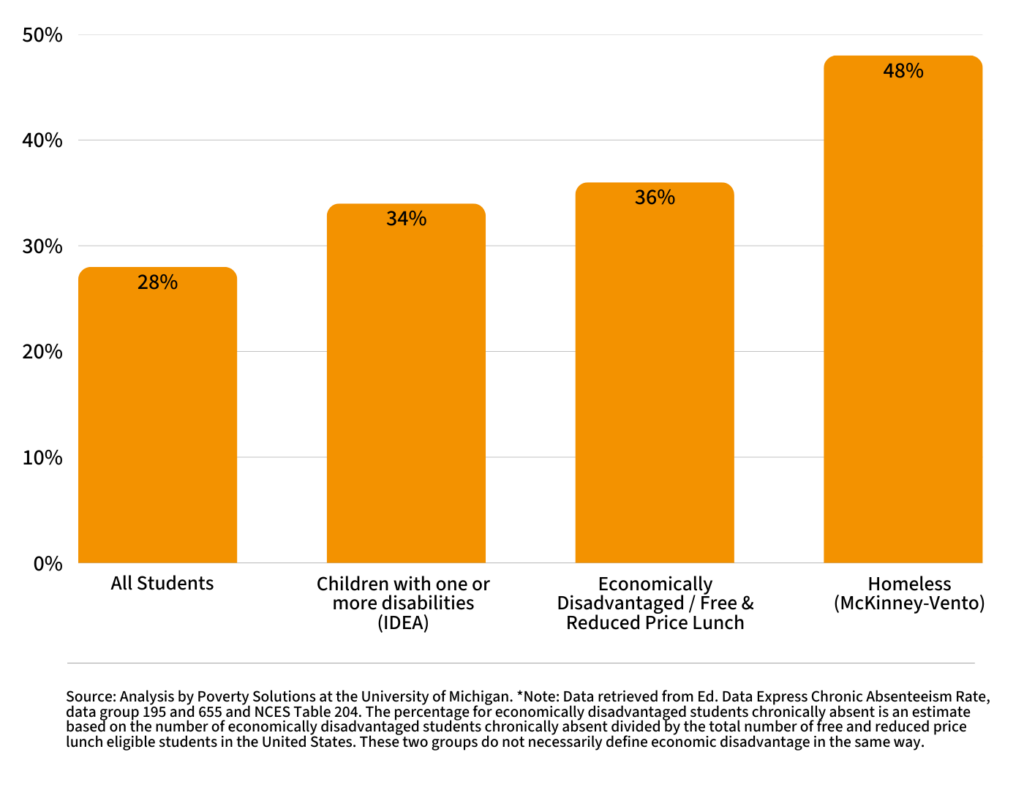Innovative Strategies Combat Chronic Absenteeism Among Homeless Students

Summary
Full Article
School districts across the United States are taking significant steps to address the issue of chronic absenteeism among students experiencing homelessness, as detailed in a recent report by SchoolHouse Connection and Attendance Works. The report sheds light on the disproportionate rates of absenteeism among homeless students compared to their housed peers, emphasizing the need for innovative solutions to bridge this gap.
Key strategies identified in the report include the proactive identification of students facing housing instability, the implementation of sophisticated attendance tracking systems, and the removal of barriers to school attendance. Notably, transportation emerges as a major hurdle for homeless students, with districts responding by rerouting buses, providing gas cards, and utilizing car services to ensure students can attend school regularly.
The report also highlights the success of community partnerships in supporting homeless students. By adopting a Community Schools approach, districts are able to coordinate with nonprofits and government agencies to offer a range of services, from food and clothing to mental health counseling, thereby addressing the multifaceted challenges these students face.
Examples from districts in Colorado, California, Virginia, and Kansas illustrate the positive impact of these strategies, demonstrating that with the right support, homeless students can achieve better attendance rates. This not only benefits the students individually but also contributes to the broader goal of creating more inclusive and equitable educational environments.
The implications of this report are profound, offering a blueprint for how schools can better serve one of their most vulnerable populations. By prioritizing the needs of homeless students, districts can help ensure that all children have the opportunity to succeed academically, regardless of their living situation. This approach not only addresses immediate educational barriers but also lays the groundwork for long-term societal benefits, including reduced poverty and increased economic mobility.

This story is based on an article that was registered on the blockchain. The original source content used for this article is located at News Direct
